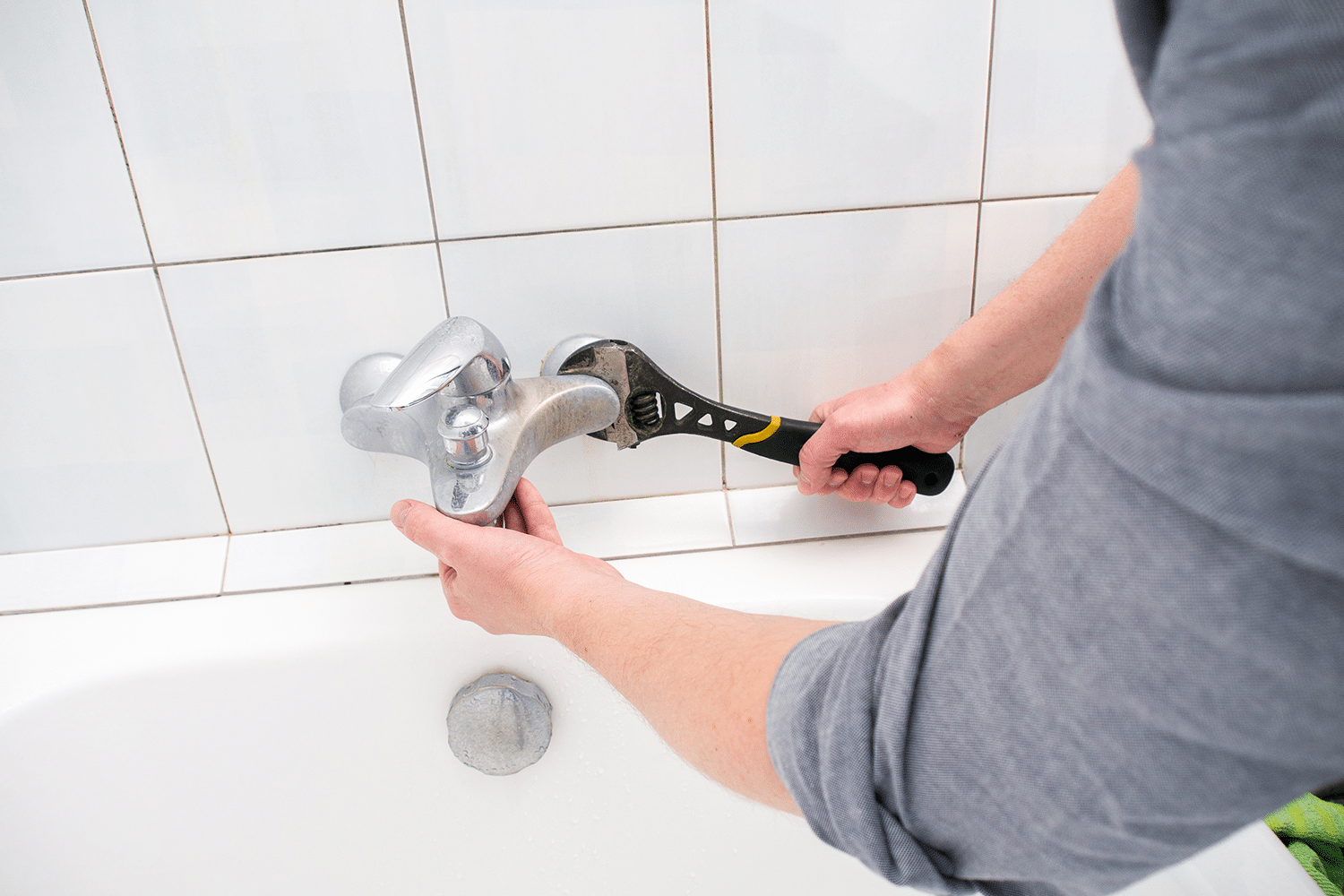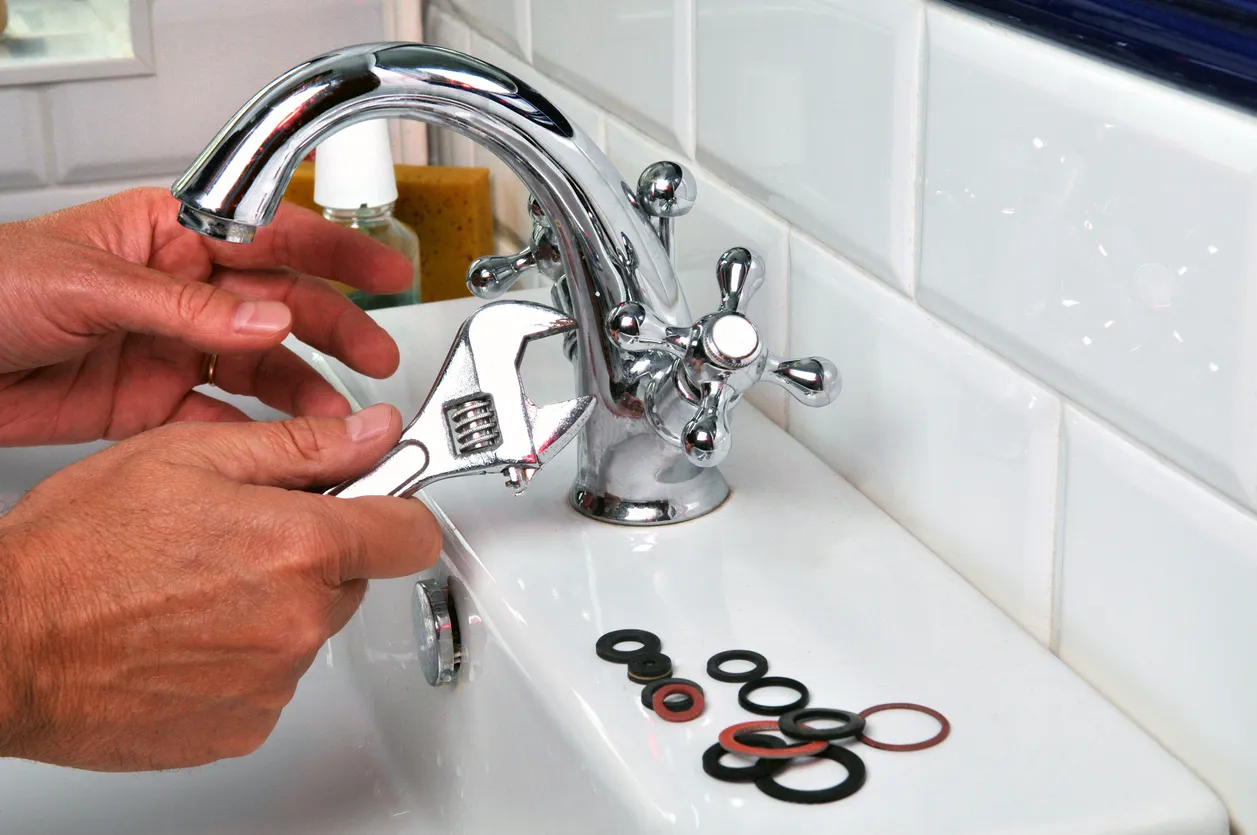Discovering the Importance of Resolving a Broken Faucet
Discovering the Importance of Resolving a Broken Faucet
Blog Article
Nearly everybody is bound to have their own individual conception with regards to Should I Repair or Replace a Leaky Faucet?.

Dripping taps could appear like a minor inconvenience, yet their influence exceeds just the annoyance of the audio. From wasting water to sustaining unneeded financial expenses and health dangers, disregarding a trickling faucet can bring about different effects. In this short article, we'll look into why it's essential to resolve this common family issue quickly and properly.
Wastage of Water
Ecological Influence
Dripping faucets add significantly to water wastage. According to the Epa (EPA), a solitary tap trickling at one drip per secondly can waste more than 3,000 gallons of water per year. This not only stress water resources but also affects environments and wild animals based on them.
Step-by-Step Guide to Repairing a Dripping Faucet
Devices Called for
Prior to trying to repair a leaking faucet, collect the needed tools, including a flexible wrench, screwdrivers, substitute parts (such as washers or cartridges), and plumber's tape.
Common Tap Issues and Their Solutions
Determine the sort of faucet and the details issue causing the drip. Typical issues consist of damaged washing machines, rusty valve seats, or faulty O-rings. Describe manufacturer guidelines or online tutorials for step-by-step advice on repair work.
Financial Prices
Increased Water Expenses
Past the environmental influence, trickling faucets can pump up water costs substantially. The built up waste with time translates into higher utility expenditures, which can have been avoided with timely repair work.
Potential Building Damage
Additionally, extended leaking can cause damage to fixtures and surfaces bordering the faucet. Water accumulation can cause discoloration, deterioration, and even structural concerns if left neglected, resulting in added repair service costs.
Health Problems
Mold and Mildew Growth
The consistent presence of dampness from a leaking faucet produces a perfect environment for mold and mildew development. These fungi not just compromise interior air quality yet also posture health dangers, specifically for individuals with breathing problems or allergic reactions.
Waterborne Conditions
Stationary water in leaking faucets can become a breeding ground for bacteria and various other microorganisms, enhancing the risk of waterborne conditions. Impurities such as Legionella germs flourish in stationary water, possibly resulting in severe diseases when ingested or breathed in.
DIY vs. Specialist Repair work
Pros and Cons of Do It Yourself Repair Work
While some might attempt to take care of a trickling tap themselves, do it yourself repair work include their own collection of challenges. Without proper expertise and devices, DIY attempts can exacerbate the concern or cause incomplete repair services, extending the trouble.
Benefits of Working With an Expert Plumber
Working with a specialist plumber makes sure that the underlying cause of the dripping faucet is attended to properly. Plumbing technicians have the expertise and equipment to diagnose and repair faucet issues efficiently, saving time and minimizing the risk of more damages.
Ecological Duty
Private Contribution to Conservation
Taking responsibility for fixing trickling faucets straightens with more comprehensive initiatives toward water conservation and ecological sustainability. Every individual's actions jointly make a considerable impact on maintaining valuable resources.
Lasting Living Practices
By prioritizing prompt repair services and adopting water-saving behaviors, people contribute to lasting living practices that profit both present and future generations.
Safety nets
Regular Maintenance Tips
To stop leaking taps, perform regular upkeep such as cleaning aerators, checking for leaks, and changing worn-out components quickly. In addition, consider setting up water-saving gadgets or updating to more effective components.
Significance of Prompt Services
Resolving leaking taps as quickly as they're seen prevents further water waste and potential damage, ultimately saving both water and money in the long run.
Impact on Residential Property Worth
Understanding of Well-Maintained Home
Keeping a residential or commercial property in good condition, including addressing upkeep concerns like trickling faucets, boosts its perceived worth and worth among prospective buyers or lessees.
Impact on Resale Worth
Characteristics with well-kept plumbing components, including faucets, command greater resale worths in the real estate market. Attending to dripping taps can contribute to a favorable impact during home examinations and negotiations.
Final thought
Attending to a leaking tap exceeds simple ease; it's a necessary step towards conserving water, minimizing economic prices, and safeguarding health and home. Whether through DIY repairs or specialist help, acting to repair dripping taps is a little yet impactful way to advertise accountable stewardship of resources and contribute to a much healthier, a lot more sustainable future.
How to Fix a Leaky Faucet: Step-by-Step Repair Guide
A leaky faucet may seem like a simple annoyance, but if it's not fixed promptly, that leak could cost hundreds to potentially thousands. From water damage to mold, mildew, and high water bills, even a tiny leak can be catastrophic if left unattended. Damage like this can even affect the overall value of your home, so it's important to take the right approach for leaky faucet repair. You may need the help of a plumber in some cases, but we've got a few tips you can try on how to fix a leaky faucet before calling the pros.
Four Faucet Types
When you're learning how to fix a leaky faucet, the first step is knowing what kind of faucet you're working with! There are four common types.
Cartridge Faucets
Cartridge faucets come in one- or two-handled varieties. In one-handled cartridge faucets, hot and cold water combines in a single cartridge. In the two-handled versions, hot and cold water are controlled separately and mixed in the faucet.
Ball Faucets
Ball faucets have a single lever you push up and down to adjust the pressure and rotate to change the temperature. A slotted metal ball controls the amount of water allowed into the spout.
Compression Washer Faucets
They're the oldest type of faucet, but they're still used in many homes — especially older ones. Compression faucets have two separate handles that, when turned, raise or lower the washer that seals a water valve. This valve stops water from flowing through the faucet when it is turned off.
Disc Faucets
Disc faucets rarely need to be repaired due to their maintenance-free design. The water flow is controlled by two discs — the upper one raises and lowers against a fixed lower disc, creating a watertight seal. If your disc faucet starts leaking, you may need to replace the seals or clean residue buildup from the inlets.
Fixing a Leaky Faucet
Step 1: Turn Off the Water
Whether you're learning how to fix a leaky bathtub faucet or how to fix a leaky kitchen faucet, always turn off the water supply to your working area when you're fixing a leak. The last thing you want is a flood added to your list of things to fix.
Look for the shutoff valves below your sink or around the tub and turn them clockwise to stop the water flow. If your faucet doesn't have shutoff valves, you may need to turn off the water for the whole house. Check to make sure it's off by turning the faucet on. If nothing comes out, you're ready to start the repair.
Step 2: Take Apart the Faucet
How you disassemble your faucet depends on the type of fixture you have. You can use a flathead screwdriver to remove the caps on top of the handle or handles for cartridge and compression faucets. Inside, you should see handle screws. Unscrew these with a screwdriver to remove the handle.
Disc- and ball-style faucets will typically have an inlet screw near the handle, and removing that will reveal the interior of the faucet.
Detach the Valve Stem
For cartridge- and compression-style faucets, you'll see the inner valve stem or cartridge once you remove the faucet handles. If you have a compression faucet, unscrew the brass valve stem. If you have a cartridge faucet, pull out the cartridge. If your cartridge has been in place for a while, it may require some tools or extra force to remove it due to mineral deposits.
Examine and Replace Parts
Once you've removed the parts, check them out to confirm what needs to be replaced. You may see corroded rubber washers, O-rings, stems, or cartridges. On a ball-style faucet, check the seats and springs for damage.
If you need to repair a leaky disc faucet, check the inlet and seals on the lower disc.
Once you determine what parts must be replaced, visit your local hardware store. Bring the damaged parts with you to ensure you can purchase the correct components to replace them.
Clean Valves and Faucet Cavity
If you've removed a stem or cartridge, you may notice mineral buildup in the faucet's threads. Use white vinegar to clean the valve seat by soaking it for a few minutes, then scrub it away with a soft toothbrush and rinse with warm water. You can also clean the interior of the faucet in the same way.
Reassemble the Faucet
Once your faucet is cleaned and the required parts have been replaced, it's time to reassemble it. Put the pieces back together and slowly turn the water supply back on. Doing this slowly is crucial because too much initial water pressure can damage the new hardware you've just installed.
https://homewarranty.firstam.com/blog/how-to-fix-leaky-faucet

As a person who reads about , I assumed sharing that portion was a great idea. Please set aside a second to share this blog posting if you enjoyed it. I enjoy reading our article about Why Are My Faucets Dripping (And Can I Fix It Myself)?.
Report this page